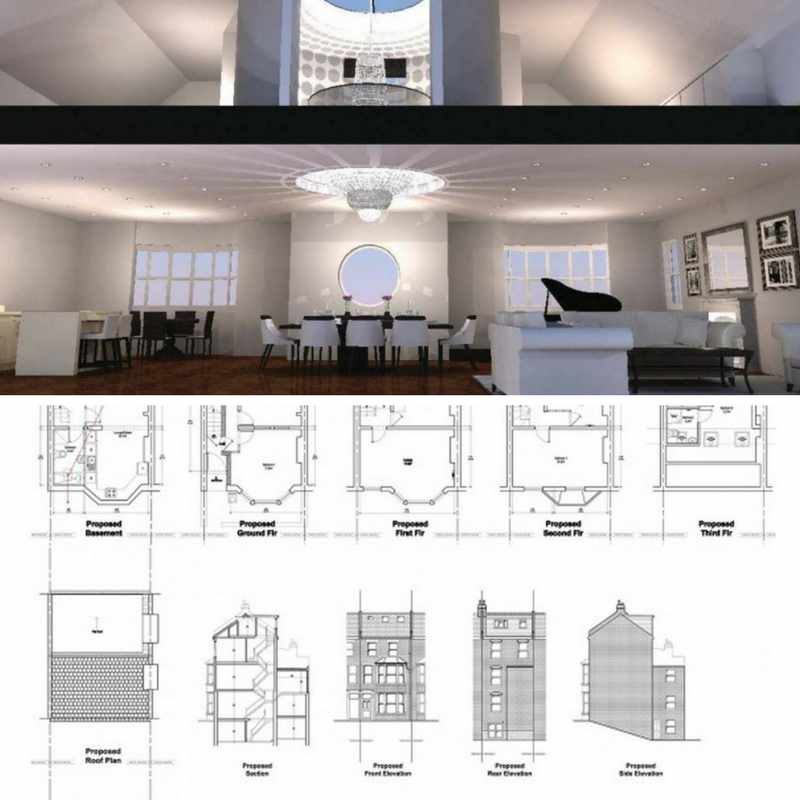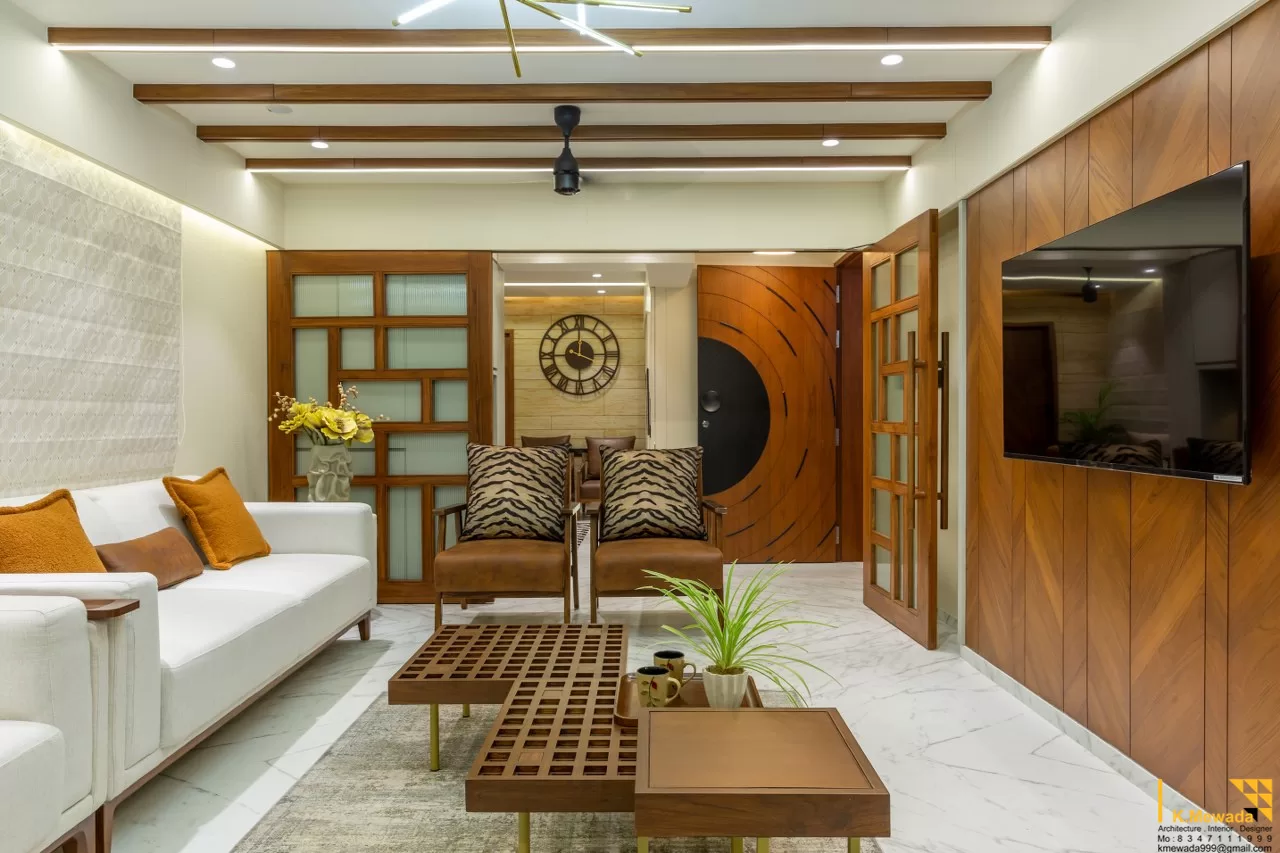Optimizing Aesthetic Charm: The Synergy In Between Interior Design and Home Engineer Strategies
Understanding the subtle interaction between interior decoration and home architecture can significantly elevate the aesthetic allure of a home. This marriage of design disciplines includes a thoughtful integration of building aspects with indoor layouts, and a skillful application of principles such as balance, rhythm, and contrast. As we discover this synergy, we will discover means to produce functional and aesthetically striking atmospheres that not just reflect individual design, but likewise adjust to the vibrant needs of modern-day living.
Understanding the Basics: Specifying Interior Design and Home Architecture
Indoor layout and home architecture, frequently linked, represent the visual and architectural elements of our space. Interior Design is a complex discipline that includes developing functional, risk-free, and aesthetically pleasing areas inside a building. It consists of aspects such as furnishings arrangement, shade sychronisation, and accessory selection. On the other hand, home architecture mostly focuses on the solid structure of a building. It includes developing a useful and cosmetically pleasing framework that stands the examination of time. It encompasses aspects such as space building and construction, preparation, and sustainability. Both fields call for a deep understanding of human behavior, society, and psychology. Each plays an essential function in shaping our living atmospheres, contributing to our overall comfort, performance, and health and wellbeing.
The Synergy Clarified: How Interior Layout and Home Design Intersect
Comprehending the synergy in between indoor design and home style can unlock a world of imagination and performance. When reviewing this intersection, the influence of style on interiors is an essential facet to consider. This conversation will certainly concentrate on the unifying layout concepts that mix these 2 fields right into an unified whole
Unifying Style Concepts
While it might seem that indoor style and home architecture are two distinct disciplines, they are actually deeply interconnected, developing a synergy that is essential for producing harmonious living rooms. Unifying style concepts are the pillars that facilitate this synergy. In significance, these principles serve as the bridge, uniting indoor style and architectural techniques.
Building Influence on Insides
The intertwining of interior layout and style ends up being even much more apparent when one considers the architectural influence on interiors. Building components are inherent to a room's functionality and aesthetics, shaping the style from the start. Columns, stairs, arches or beams, for instance, offer both ornamental and architectural functions. They can split spaces, produce prime focus or imbue an area with a details ambiance. Factor to consider of light, texture, and proportion likewise come from architectural impacts. Ultimately, style mold and mildews the canvas upon which indoor designers work. Their synergy is hence undeniable: design develops the structure, which interior layout enhances with decor, color, and structure. This cooperative relationship ensures an unified equilibrium in between function and appeal, maximizing the visual charm of any type of space.
Trick Principles in Integrating Interior Design and Home Design
Striking a balance in between functionality and appearance is an essential facet of integrating indoor layout and home style. An equally important concept is the integration of lasting design to create environmentally friendly and energy-efficient homes. Understanding and checking out different architectural styles can additionally play an essential duty in attaining a harmonious layout. Luxury home architect.

Balancing Functionality and Aesthetic Appeal
Stabilizing functionality and aesthetics in interior decoration and home design emerges as one of the vital principles to take into consideration. This fragile equilibrium requires a precise mix of practicality and charm, intending to create areas that are not just visually pleasing yet additionally offer their intended function effectively. Aesthetics boosts the state of mind and influences the understanding of room, whereas performance makes sure usability and comfort. Secret to this balance is a thoughtful choice of elements such as texture, lights, and color, which have to complement each other while serving their private duties. Equally essential is the effective setup of the space, with a tactical format contributing considerably to the harmony between functionality and aesthetic appeals. This harmonious mix eventually boosts the lifestyle for the owners.
Lasting Layout Combination
In preserving the balance in between performance and appearances, one should also think about the integration of sustainable design principles. This method not just boosts the visual allure of an area yet additionally ensures its long life and reduced ecological impact. An unified blend of indoor design and home style, guided by sustainability, can produce areas that are beautiful, functional, and environmentally friendly.
Exploring Architectural Designs
While there are a huge selection of architectural designs to check out, it is important to recognize that every one brings its one-of-a-kind concepts that can substantially influence the harmonization of interior decoration and home style. These styles, varying from the luxuriant Baroque to the minimalist Modernist, lug distinct pop over to these guys approaches and appearances that, when appropriately recognized and made use of, can create homes that are not only visually magnificent but likewise sympathetically integrated in terms of layout and design. Selecting an architectural design is not just about personal aesthetic choice; it is regarding choosing a layout language that talks to the property owner's lifestyle, philosophy, and ambitions, developing a home that is a true representation of its citizens.
Situation Researches: Extraordinary Examples of Design and Style Synergy
Diving right into some phenomenal case researches provides a profound understanding of exactly how style and architecture can sympathetically combine to develop functional and engaging areas. Wright's design masterfully integrates the house with its bordering landscape, while the indoor mirrors the exterior's natural forms. These instances illustrate the importance of synergy between interior style and design in achieving functional and visual success.
Practical Tips: Enhancing Your Home's Aesthetic Allure
Drawing inspiration from the study of building and style harmony, homeowners also can carry out some functional techniques to increase their home's aesthetic allure. A harmonious mix of colors, appearances, and illumination can enhance an area, creating a warm and welcoming environment. Selecting furnishings that complements the architectural components of the house can foster a feeling of unity. Wall surface art and style items can add character, reflecting individual design and taste. Including plant, either through interior plants or sights to the outdoors, can bring an element of nature, supplying a soothing result. Smart use mirrors can open a space, giving an illusion of a larger location. Eventually, the visual allure hinges on balancing performance with design, creating a home that is both stunning and habitable.

Future Fads: How Modern Techniques Are Changing Interior Design and Design
As the world develops, so do the trends in interior design and architecture. Modern methods are increasingly concentrating on sustainability, integrating environmentally friendly materials and energy-efficient layouts. Innovation plays a critical role, with wise homes becoming the standard, integrating AI and IoT for improved functionality. Additionally, minimalism remains to gain grip, highlighting simpleness, capability, and clutter-free spaces. This is typically coupled with biophilic layout, attracting ideas from nature and advertising wellbeing. The pandemic has accelerated the need for adaptable, multi-purpose spaces, obscuring the lines in between work and home. These trends show a shift in the direction of styles that are not just visually pleasing, however additionally eco mindful, technically advanced, and versatile to changing way of livings.
Conclusion
In conclusion, the assimilation of interior design and home design methods is a dynamic method to boosting visual charm. By leveraging key principles like rhythm, equilibrium, and comparison, and incorporating elements of modern living, designers can produce versatile, visually pleasing atmospheres. Through understanding this harmony, property owners can make enlightened decisions that not just boost their living rooms however additionally add to their total well-being.
Comprehending the subtle interaction in between interior style and home design can considerably raise find the visual appeal of a living area.Indoor layout and home design, usually intertwined, stand for the aesthetic and structural elements of our living spaces.While it might appear that indoor design moved here and home architecture are two unique self-controls, they are actually deeply interconnected, forming a harmony that is important for producing unified living spaces.The intertwining of indoor layout and design comes to be even extra evident when one considers the architectural impact on interiors. A harmonious blend of indoor layout and home design, led by sustainability, can create spaces that are gorgeous, practical, and environmentally pleasant.